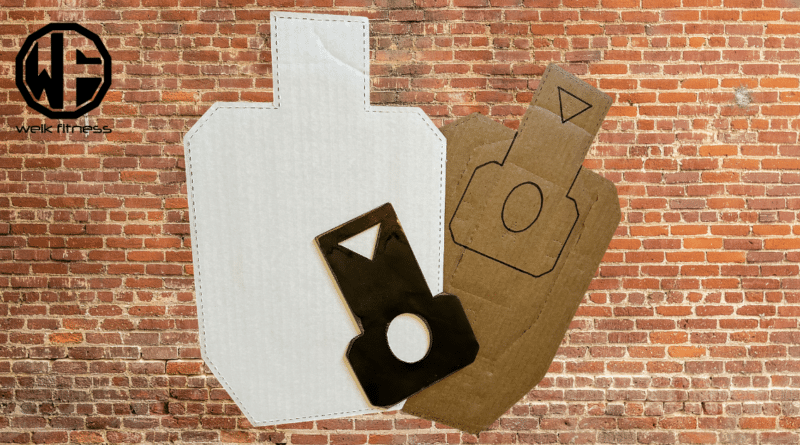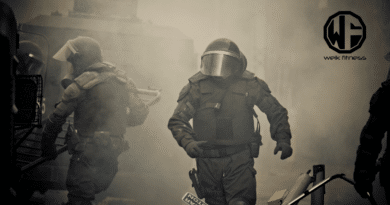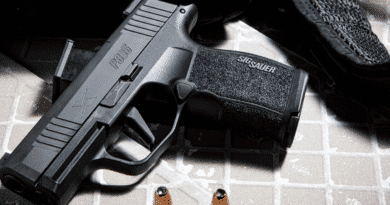Dry Fire Cardboard Targets: Shooting Targets Safely at Home
Dry fire cardboard targets don’t exactly sound all that interesting, but I assure you, they can be a game-changer when it comes to safely training at your home without the use of live rounds. Add in something like a laser cartridge or the Mantis Blackbeard X, and you have yourself one hell of an awesome dry fire setup.
Searching for the perfect way to hone your shooting skills at home can be a bit of a journey. You’re after something that’s safe, straightforward, and gets real results but, at the same time, doesn’t have the same fun factor as watching paint dry. Trust me, I’ve been there.
I used to make my own cardboard targets. Then, I took a laser cartridge and incorporated that into my practice. After a while, I got sick of racking the slide, so I purchased a SIRT Training Pistol. Following that, I purchased the SIRT AR Dry Fire System and absolutely hated it. Recently, I fell in love with the Smart DryFireMag that allows you to practice with your own EDC firearm with a auto-resetting trigger.
When looking to improve your shooting skills through dry fire, wading through all those options out there can feel overwhelming — either they just don’t cut it, or they’re overly complex for what you need them for daily practice.
That quest led me to uncover dry fire training with cardboard targets from Tremis Dynamics — an affordable and flexible choice that comes highly recommended. For starters, I’ve trained with Garry Marr at Tremis Dynamics, and he has a “dry fire” class called FISH. During the class, you’re utilizing cardboard targets with the Mantis Blackbeard system.
Essentially, with the cardboard targets and kit I purchased from Tremis Dynamics, I can run everything I learned from class in the privacy of my own home with the use of my BlackbeardX.
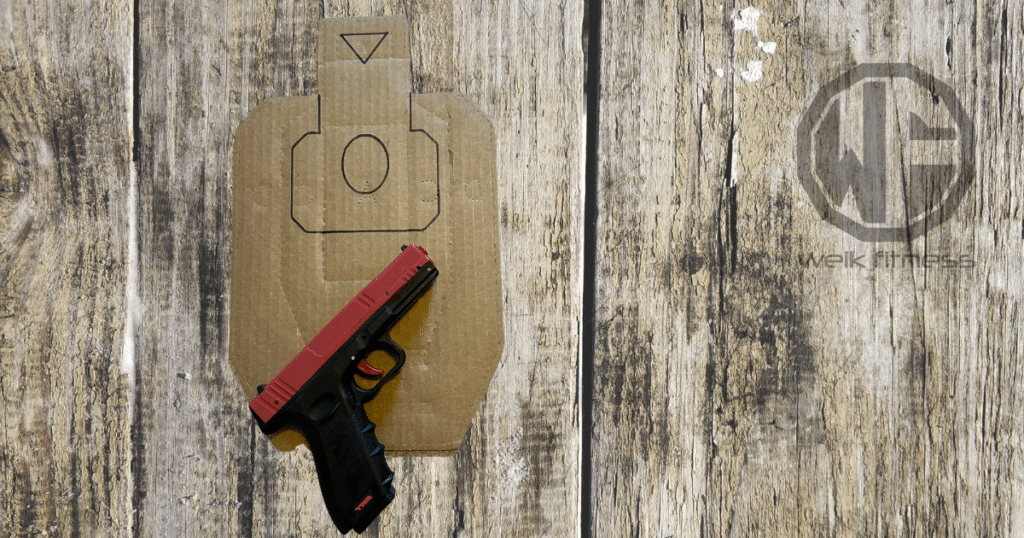
This approach allows shooters like us to get in our practice hours without needing live ammo, minimizing risks while keeping our training scenarios as realistic as possible.
In this article, we’ll dive deeper into cardboard targets tailored to your needs, the kit and system I purchased, along with tips for practicing safely from the comfort of your own space.
Disclaimer: This article is based on my opinion and my opinion only. Tremis Dynamics did not provide me with this dry fire kit, nor did they pay me to write this article/review. I spent my own hard-earned money on this system, and I’m not making any money whether you decide to buy the kit or not, so clearly, I have no bias here.
Table of contents
Key Takeaways
- Dry fire training with cardboard targets is a safe and cost-effective way to practice shooting at home. These targets, similar to Challenge Targets, come in various sizes for different shooting disciplines like USPSA and IDPA.
- Cardboard targets help shooters improve accuracy and precision since they are affordable, easy to replace, and offer immediate feedback on where shots land when used on a live range. At home, they provide a silhouette to dry fire or shoot a laser at. Safety precautions include checking the firearm is unloaded and keeping live ammunition away from the practice area.
- When choosing cardboard targets for dry fire practice, consider the size and type that best suits your training needs.
- Accessories like target holders, backer boards, and customizable paint or stencils can enhance dry fire practice at home (such as the template that comes with the Tremis Dynamics kit).
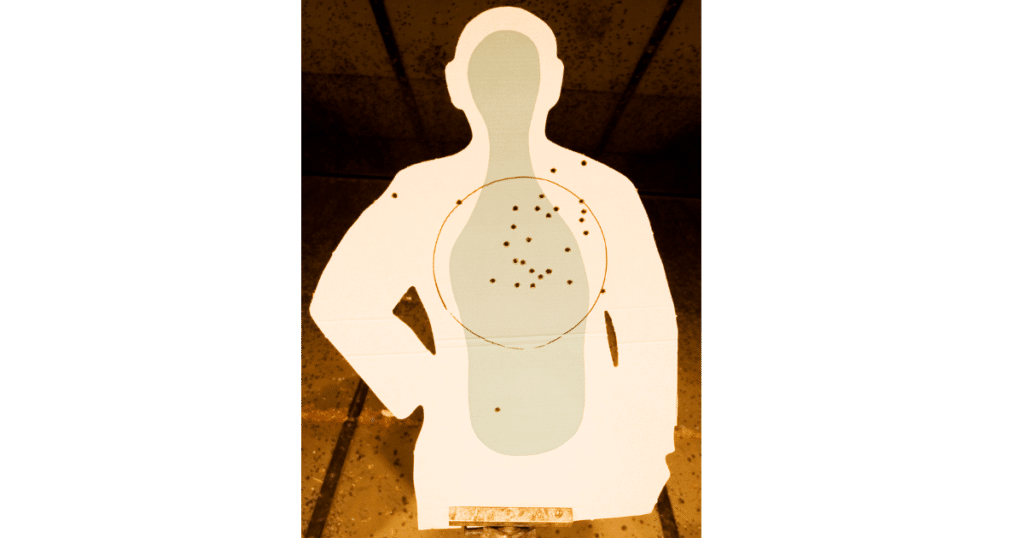
Understanding Dry Fire Training with Cardboard Targets
Dry fire training helps improve shooting skills. Using cardboard targets enhances practice safety and effectiveness, while providing you with a silhouette to aim at.
Benefits of Using Cardboard Targets
Cardboard targets offer many benefits for those of us who love self-defense and firearms. They are cheap, and easy to get new ones when needed. This means I can practice shooting as much as I want without worrying about spending a lot of money.
I’m not a fan of paper shooting targets because you can’t exactly set them up or sit them places. You’d need to tape them and that just takes too much time when you’re changing targets around on your own “at-home’ shooting range.
RELATED: Infinite Defense Self-Healing Infinity Target Review
The price for these targets usually falls between $55 to $104 for the larger IPSC-type cardboard targets, which is quite affordable. But you can get the full Tremis Dynamics Dryfire Kit for only $20 plus shipping (it comes with five cardboard targets and a carbon steel template that you can use to draw the brain box, heart, and lungs), and it’s a scaled-down ½ scale mini target system. Personally, I think that’s an incredibly fair price.
Using cardboard targets helps me work on being more accurate and precise with my shots (especially with this ½ scale model of a typical IPSC target. Whether I’m aiming at silhouette shapes or standard IPSC zones, the feedback from hitting these cheap paper targets is instant when I use a laser cartridge, SIRT pistol, or Mantis BlackbeardX.
I can easily adjust my aim based on where my shots land, helping me become a better shooter over time. Cardboard targets come in various sizes and forms, so whether practicing with a pistol or rifle at home, there’s always a target that suits my training needs perfectly.

But personally, I like the smaller cardboard targets from Tremis Dynamics for the fact that it doesn’t have such a large and forgiving A-zone. I also like the fact that one side is brown (like typical cardboard) and the other side is white, giving you two options on how you want to set up your cardboard targets for dry fire practice.
Safety Precautions for Home Use
I always make sure my firearm is unloaded before starting any dry fire practice at home. This means taking out the magazine and locking the slide back to visually and physically check that the chamber is empty.
If I’m using the BlackbeardX, I swap out the BCG and charging handle for the Mantis System, which does not allow for any live rounds to be chambered.
It’s a simple step, but it’s critical for safety.
Using snap caps is also a smart move because it prevents damage that can happen from dry firing your handgun. These dummy rounds help simulate real ammunition without the risk of an accidental discharge from your gun. They also make snap caps and dummy rounds for rifles and shotguns.
Keeping live ammunition completely away from my practice area sets up a safe environment for dry fire training. I create a controlled space where there’s no chance of mixing live rounds with my training session.
This discipline helps maintain focus on improving skills without worrying about safety risks.
Choosing the Right Cardboard Target for Dry Fire Practice
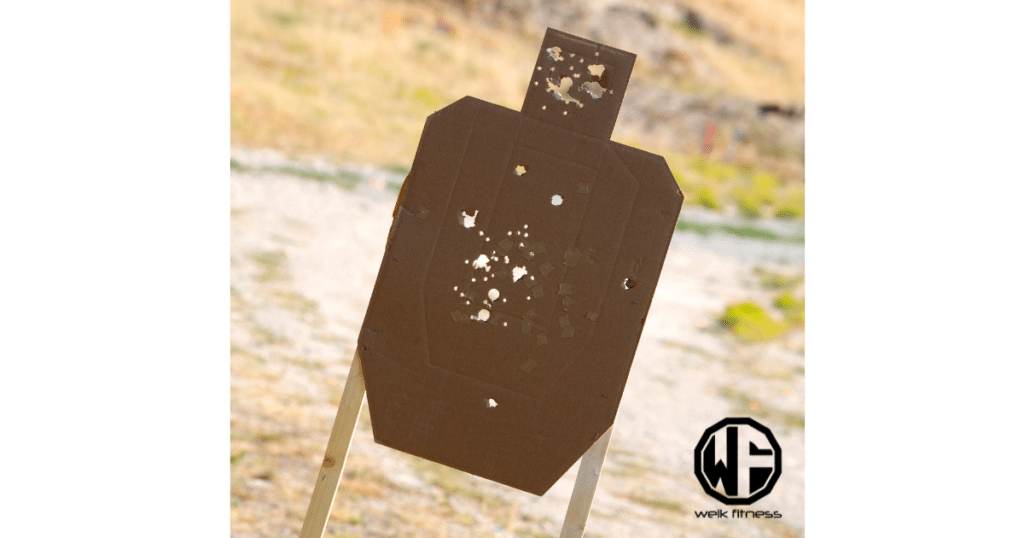
When selecting cardboard targets for dry fire practice, consider their size and suitability for various shooting disciplines. Look for features such as ease of use, suitable perforation, and reactive qualities to enhance your training sessions.
Features of Effective Dry Fire Targets
Effective dry fire targets have clear markings and a durable design. I’ve found that the right size matters — a target too big or small doesn’t help much for specific skill improvement.
For USPSA practice, scaled targets work best. They give you a real sense of the competition challenge without leaving your home.
The United States Practical Shooting Association (USPSA) targets I use are made of corrugated cardboard, which makes them sturdy yet lightweight for easy setup and takedown in my designated indoor range at home. I could also use them outdoor if I wished.
But I’m not going to lie — outside of dry fire practice, I would love to get my hands on an Infinity Defense Self-Healing Infinity Target to have some fun with at the range. I also want to pick up some KRATE Tactical Cardboard Targets to try as well.
Recommended Types of Cardboard Targets for Various Shooting Disciplines
When it comes to choosing the right cardboard targets for dry fire practice, it’s essential to consider the specific shooting disciplines you’ll be training for.
Below are some recommendations for various shooting disciplines:
1. For USPSA Practice:
· Scaled USPSA targets are highly recommended for honing skills in this discipline.
· Consider using dots from Ben Stoeger’s pro shop to enhance precision training.
2. For IDPA Training:
· Opt for scaled or full-size cardboard targets based on your preference and space availability.
· Consider using Ben Stoeger’s miniature targets, which are suitable for both dry fire and live fire practice.
3. For Tactical Shooting:
· Look into silhouette cardboard targets, which mimic real-world scenarios and aid in tactical training, like the ones from Tremis Dynamics.
· Consider utilizing target stickers or self-adhesive targets for customizable drills.
4. For Precision Shooting:
· Choose square targets that allow precise aiming and measurement of shot groupings.
· Look into silhouette targets with additional scoring zones to enhance precision training.
5. For Competitive Shooting:
· Consider official USPSA or IPSC metric targets for competition-specific training.
· Explore the use of perforated metal targets for durability during intense practice sessions.
6. For Law Enforcement Training:
· Utilize silhouette cardboard targets designed to simulate potential threats in law enforcement scenarios.
· Incorporate black silhouettes or clay targets to simulate real-life engagement situations effectively.
By considering these recommendations tailored to your specific shooting discipline, you can optimize your dry fire practice sessions and improve overall performance.
Improve Your Use of a Firearm in Self-Defense with Cardboard Targets
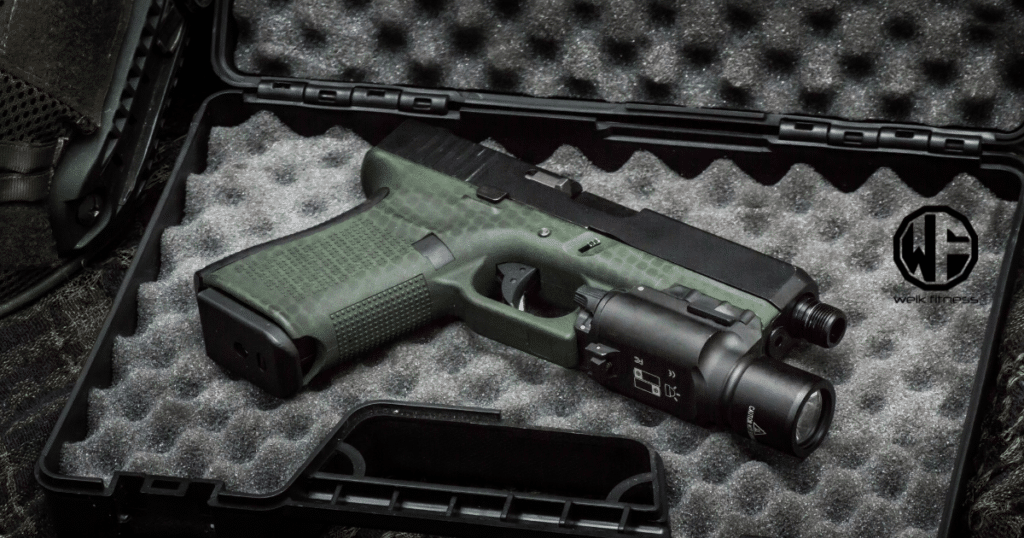
Get a safer and more effective dry fire practice at home with cardboard targets. Experience the benefits of using these targets for various shooting disciplines while maintaining safety.
Whether you go with the cardboard targets from Tremis Dynamics or upgrade to something electronic like the LaserLyte Score Timer or LaserLyte Steel TYME, getting in some dry fire practice at home is not only a great way to improve your skills but do so in an incredibly safe and inexpensive way.
Personally, I love to have my son hide my cardboard targets around the house and then I have to go clear the house looking for the targets. I also like that, unlike paper targets, I can sit the targets around the house like on the couch, on workout equipment, on the stairs, without having to tape them. It speeds up my practice time from having to constantly change things and tape up scenarios. And let’s face it, if dry fire practice isn’t fun, you’re less likely to do it.
But cardboard targets have made a huge difference in my at-home practice and I highly suggest you give it a try for yourself.
As a side note to close out this article, if you want to support our website and are in need of any tactical gear (or any product for that matter), anything you purchase using our links below will provide us with a small commission. We don’t charge for our free content and our goal is to keep it that way. We don’t have a Patreon account to put things behind a paywall, nor do we sell pics of our feet on OnlyFans.
If you choose to use the links below and make a purchase (at no additional cost to you), we greatly appreciate your support as it helps us continue to publish free content (like this article) on our website:
- Optics Planet (use code SAS5 at checkout for 5% off)
- Amazon
We have also partnered with CCW Safe. It’s the concealed carry coverage that I personally have for myself and my family in the event we need to defend our lives. Feel free to use our CCW Safe link to sign up and get some coverage to protect yourself and your family.
Also if you have a product you would like us to check out and potentially review, please contact us and let’s discuss.
- Sirtuins: Key Regulators in Health and Disease Dynamics
- NAD3: Natural NAD Supplement for Cellular Longevity & Energy
- What Makes the Best Electrolyte Supplement for Athletes?


*Disclosure: This article may contain affiliate links or ads, which means we earn a small commission at no extra cost to you if you make a purchase through these links. These commissions help support the operation and maintenance of our website, allowing us to continue producing free valuable content. Your support is genuinely appreciated, whether you choose to use our links or not. Thank you for being a part of our community and enjoying our content.
PLEASE CONSIDER SHARING THIS ON YOUR SOCIAL MEDIA TO HELP OTHERS LEARN MORE ABOUT THIS TOPIC.


